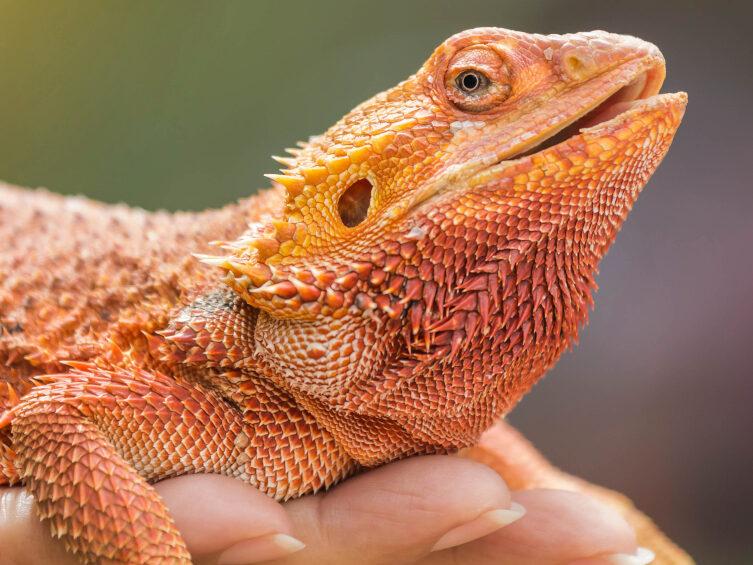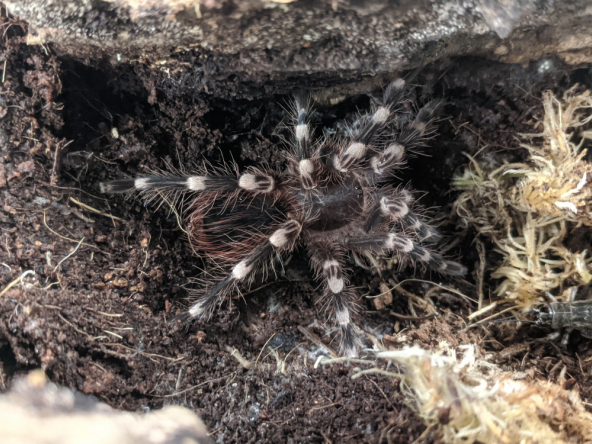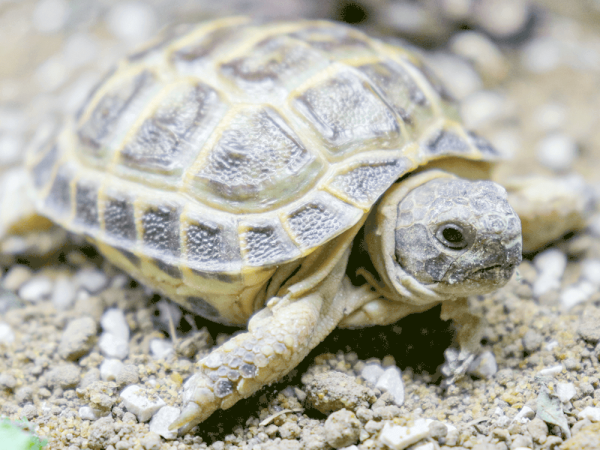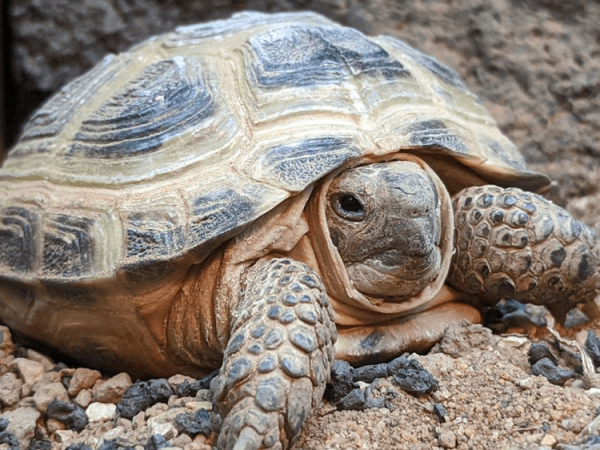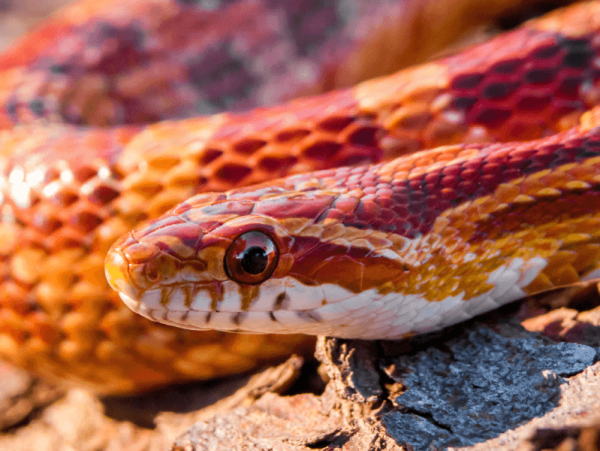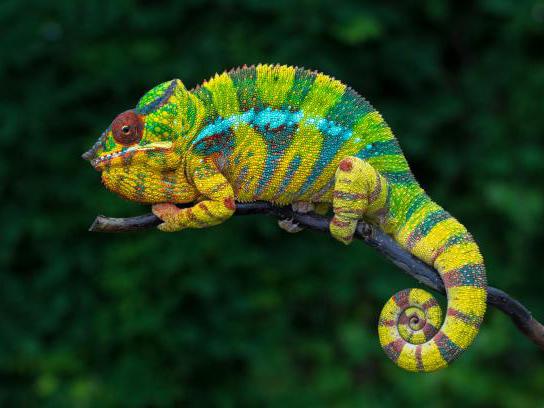How to handle a Bearded dragon
So, you've got your vivarium set up and your new Bearded dragon has arrived and it's time for handling. For new owners, this can seem like a daunting task when in actual fact, it can be great fun when it's done right.
Handling Bearded dragons is usually an easy task, as they are generally quite a calm, laid back pet, but Bearded dragons that are not used to being handled can easily begin to feel threatened when attempting handling. For more information on keeping Bearded dragons as pets, we have put together a comprehensive Bearded dragon care sheet also.
Here's some Do's and Don't when it comes to handling your new Bearded dragon:
Say Hello!
Bearded dragons respond better to handling when they are expecting it. Announce your presence to them by speaking to them and make sure they know you are there before you pick them up. This will set the tone for the entire encounter, and ensure your handling session is an enjoyable experience for both you and your Bearded dragon.
This is a good time to read your Bearded dragon's body language, if they get stressed out when you enter their enclosure, it might be worth skipping handling that day, whereas if they seem unbothered by your presence, or keen to come out and play, then you picked a good day to handle them.
Go slowly
Particularly if you have a baby Bearded dragon, you should avoid making sudden movements or loud noises when you are going to handle them, as this can make them feel threatened if it isn't something they are used to.
Instead, stay calm, maintain slow movements, keep quiet and lift your Bearded dragon slowly from between the front shoulders and rear legs, ensuring you support their whole body to stop them from feeling frightened.
Keep them low
Bearded dragons don't have the same innate fear of heights that we do, and will often end up leaping out of your hands, which if they are up high, can lead to injuries.
No-Fly Zones
Just like us humans, Bearded dragons have a few places they don't like to be touched. Avoid grabbing their tails as this can seem like predatory behaviour to your Bearded dragon, which can, of course, be quite stressful. Be careful around their head too, as this is where most of their sensory organs are and blocking their line of sight or smell might panic them.
Not by the neck
Dogs and cats might pick their young up 'by the scruff of the neck' but in the reptile world, things don't always work that way. Try to avoid pressure or movement around the neck as their skeletal system in that area isn't as strong as in some other animals.
Never on their back
This is one of the biggest no-gos in our guide. Bearded Dragons aren't built the same as a lot of other animals and their skeletal structure does not offer much in the way of support when they are on their back. Keeping your bearded dragon on its back can effectively crush its internal organs under its own weight and cause serious internal injury or even death.
Fortunately, there's no real reason to put them on their backs, but this is simply a word to the wise: just don't do it.
Handling times
Bearded dragons have individual tolerance levels just like any other animal and it's best to set a maximum handling time before they start getting stressed. On top of this, you do not want to keep them away from their heat source for too long, since they are ectothermic (cold-blooded).
Bearded dragons are quite docile reptiles and make great pets, you can reinforce this behaviour early on with a baby Bearded dragon by having regular handling sessions 2-4 times a day for 5-15 minutes at a time until they become comfortable.
After that, handling time and frequency all depend on how your Bearded dragon is responding to your handling - every Bearded dragon has its own personality, in the same way that other pets do.
Wash your hands
It comes as no surprise to experienced reptile keepers that Bearded dragons can carry Salmonella. This shouldn't be a put-off or a cause for concern for new Beardie owners.
Simply ensure your enclosure maintenance and cleaning is kept on top of, and wash your hands after cleaning or handling, and you shouldn't need to worry.
What can I do if my Bearded dragon gets stressed when I try to handle them?
Read their body language, if your Bearded dragon is consistently showing signs of stress when you go to handle them, for example, if they are doing all they can to avoid human contact, have a black beard or dark beard compared to normal or have a consistently raised tail, then you have some work to do.
Get them used to human interaction by spending lots of time in and around their enclosure, ensuring you move your hands slowly. Once they are comfortable with you being around them, you can try to hand feed them, hand feeding helps them to get used to having your hands close by without stressing them out, so makes a great bonding activity.
This can be more tricky with adult Bearded dragons that may not have been handled much by a previous owner, although it is not impossible, it is just likely to take more work.
Eventually, your Bearded dragon will become more comfortable with you, and will hopefully start allowing you to pick them up without being stressed, however, if your Bearded dragon never gets to this point, then you can give them the best life possible by forgoing handling completely and just allowing them to live their life.
While you're thinking about your new Bearded dragon, why not stock up on some tasty livefood or dry botanical treats for them?




